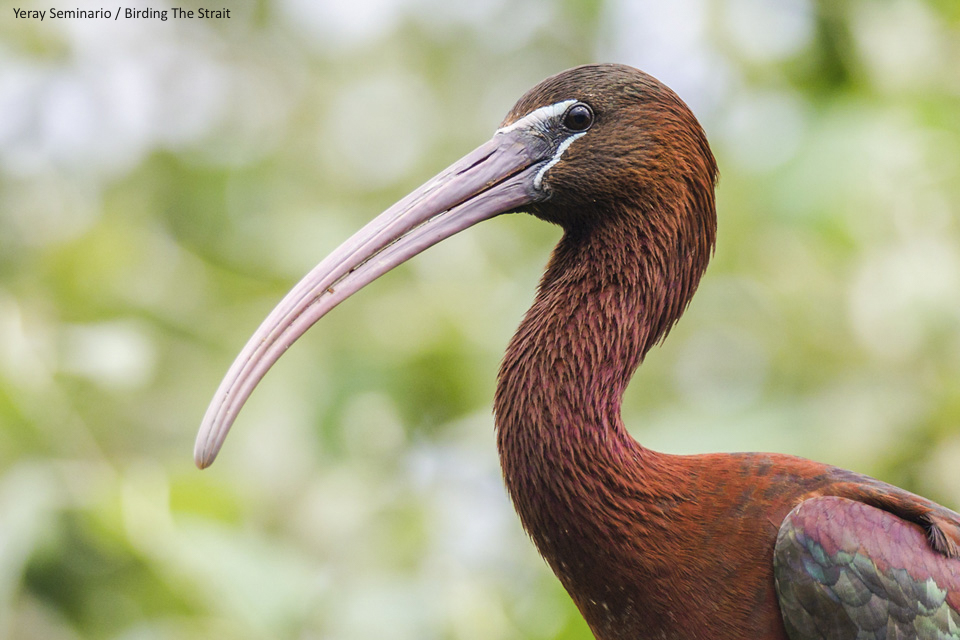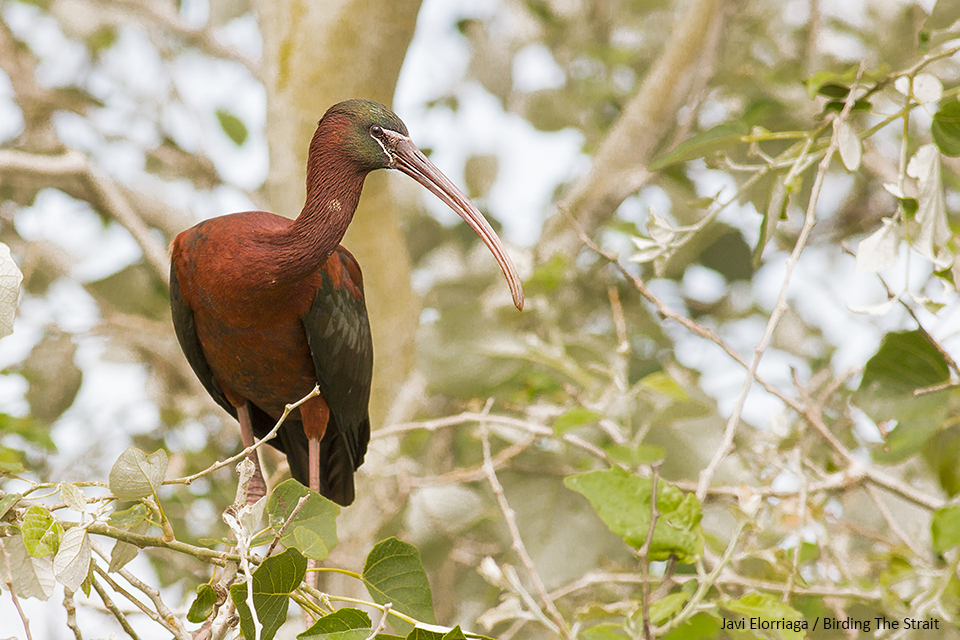A murmuration of starlings, a murder of crows, a confusion of chiffchaffs, a prayer of godwits, a committee of vultures…what about the Glossy Ibis?

Glossy Ibis Galore
Once upon a recent time a Glossy Ibis in Andalusia was a celebrated finding.
The species declined to extinction as a breeding species in Spain during the 20th Century. Then, it was recorded sporadically during the 60s, 70s and early 80s. Thereafter observation became more frequent and 7 pairs nested in Doñana in 1996 (De Juana & Garcia 2015). Nowadays, the breeding population in Doñana does notably exceed 10.000 pairs. Moreover, the number of individuals gathering at communal roosts when the mud driving (aka fangueo) takes place is hard to believe!
Testimony to this is the following video recorded at dawn in early October 2018. Thousands of Glossy Ibises leave their night roost in the rice paddies at the margins of Guadalquivir River. Do you dare to give an estimate on the number of individuals?
Now consider that the above video shows less than 25% of the total birds seen leaving the roost! Might this be the biggest group ever recorded?
A Winner
The Glossy Ibis is a “winner species” that thrive in human altered landscapes (i.e. rice paddies; but see McKinney & Lockwood 1999). Indeed, its range expansion in the Old World and North America has few precedents in the avian world.

In the Straif of Gibraltar, the species used to breed in the former Lagoon of La Janda in the XIX Century. Following its amazing and recent expansion, a growing number of Glossy Ibises nest again in the area since 2012.
Take a look to the the eBird data for the most complete information on the current world distribution of the Glossy Ibis.